Direct-to-Film vs Screen Printing: Unlocking Print Quality and Efficiency
Direct-to-Film (DTF) transfer is a revolutionary printing method for custom apparel and various surf…….
In the dynamic world of printing and design, Direct-To-Fashion (DTF) and screen printing stand as two powerful methods, each with its unique advantages and applications. This article aims to delve into the intricate comparison between DTF and screen printing, exploring their techniques, impact, and significance in the global landscape. By examining various facets, from historical roots to technological innovations, we will unravel the complexities of these printing processes and highlight their evolving roles.
Direct-To-Fashion (DTF) Printing: DTF is a cutting-edge printing technology that has revolutionized the fashion industry. It involves transferring ink directly onto fabric using digital methods, eliminating the need for traditional screen or plate printing. DTF allows for highly detailed, full-color designs with exceptional precision and speed. This process has gained immense popularity due to its versatility, ability to produce on-demand custom garments, and reduced setup costs.
Screen Printing: A time-honored technique, screen printing (also known as silkscreen printing) is a method where ink is pushed through a mesh or screen bearing a stencil onto the surface below. It has been used for centuries, initially with manual labor and later mechanized. Screen printing is renowned for its ability to create bold, vibrant prints on various materials, including fabric, paper, wood, and metal. This process has been a cornerstone of graphic art and design, especially in creating limited-edition artwork and promotional merchandise.
Significance: The distinction between DTF and screen printing lies in their approach to ink transfer and the resulting impact on production efficiency, customization, and cost-effectiveness. While screen printing has been a staple in various industries, DTF emerges as a modern game-changer, offering unprecedented levels of flexibility and speed in garment decoration.
International Influence: The influence of DTF and screen printing extends worldwide, shaping the apparel and design industries in distinct ways. In regions like Asia, known for their vibrant textile markets, DTF has gained traction due to its ability to produce intricate designs with speed, catering to fast-paced fashion trends. Conversely, screen printing thrives in North America and Europe, where it is valued for creating custom, limited-edition garments and promoting artistic expressions.
Regional Trends:
| Region | Dominant Printing Method | Driving Factors |
|---|---|---|
| Asia (e.g., China, Japan) | DTF | High demand for fast fashion, complex design capabilities, on-demand production |
| North America & Western Europe | Screen Printing | Customization, artistic expression, limited-edition prints |
| Emerging Markets (e.g., Brazil, India) | Blend of both | Local textile industries, fusion of traditional and modern techniques |
Market Dynamics: The global printing industry is experiencing a significant shift towards digital technologies, with DTF leading the charge. According to a recent report by Technavio, the global DTF market size is expected to grow at a CAGR of 12% from 2021 to 2026. Screen printing, while still prominent, is witnessing a transition as brands and designers seek more efficient and cost-effective solutions.
Market Dynamics and Investment: The economic landscape surrounding DTF and screen printing is dynamic and influenced by several factors. The digital transformation in the apparel industry has led to increased investment in DTF technology, with major players like Amazon and fashion startups adopting this method for its scalability and cost advantages. Screen printing, while traditional, benefits from a strong niche market, particularly in artistic communities and custom garment production.
Cost Analysis:
DTF: Offers significant cost savings on smaller runs due to reduced setup time and labor. However, for large orders, the per-unit cost can increase. The initial investment in DTF machines varies widely, affecting overall economic feasibility.
Screen Printing: Traditional yet versatile, it requires substantial upfront costs for screens and printing equipment. Yet, it excels in long-run productions, making it economically viable for specific applications.
Employment Impact: Both methods have implications for employment. DTF’s automation may lead to job shifts within the industry, requiring workers to adapt to new technologies. Screen printing, being more labor-intensive, supports a dedicated workforce skilled in this craft.
Inks and Substrates: Technological progress has significantly enhanced the capabilities of both printing methods. In DTF, advancements in ink formulation allow for improved color vibrancy, fast drying times, and resistance to fading. For screen printing, new mesh materials and inks have broadened its applications, enabling more intricate designs on various surfaces.
Digital Integration: The digital revolution has been a catalyst for innovation:
DTF Automation: Automated DTF machines with AI integration ensure precise color reproduction, reduce human error, and speed up production times.
Screen Printing Software: Advanced screen printing design software offers real-time visualization, allowing designers to preview prints before manufacturing.
3D Printing Integration: The merging of 3D printing and traditional screen/DTF techniques opens new possibilities for creating complex, multi-dimensional designs.
Fashion and Apparel: DTF has become synonymous with on-demand fashion production, empowering small businesses and independent designers to launch their clothing lines without substantial overhead. Screen printing remains a cornerstone of custom apparel, allowing artists and brands to create unique, limited-edition pieces.
Art and Design: Both methods have left indelible marks on the art world:
DTF: Used for creating fine art prints, posters, and even canvas paintings with digital precision.
Screen Printing: Widely employed in street art, music festivals, and creating iconic graphic designs that have become cultural symbols.
Packaging and Marketing: DTF and screen printing are indispensable in packaging design, branding, and promotional merchandise, ensuring businesses can create visually appealing products to engage consumers.
As the printing industry faces increasing scrutiny for its environmental impact, both DTF and screen printing present both advantages and challenges:
Sustainability: Screen printing generally has a lower environmental footprint due to its direct application method, reducing waste. DTF, while efficient, requires energy for machine operation and ink formulation, posing potential sustainability concerns.
Waste Management: Proper waste management is crucial. Both methods generate byproducts, such as used screens or ink residuals, which must be disposed of responsibly.
In the ever-evolving landscape of printing technologies, DTF and screen printing continue to coexist and complement each other. DTF’s digital precision and speed cater to the fast-paced fashion industry and on-demand production demands. Screen printing, with its rich history and versatility, remains a preferred choice for artistic expression and niche applications. As technology advances, these methods will undoubtedly continue to shape industries, influence design trends, and meet the ever-changing needs of businesses and consumers alike.
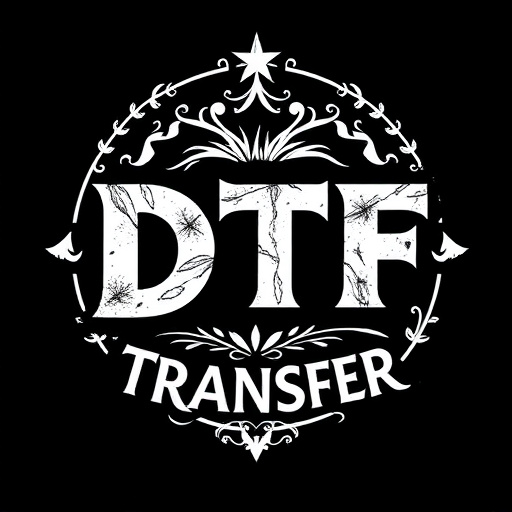
Direct-to-Film (DTF) transfer is a revolutionary printing method for custom apparel and various surf…….
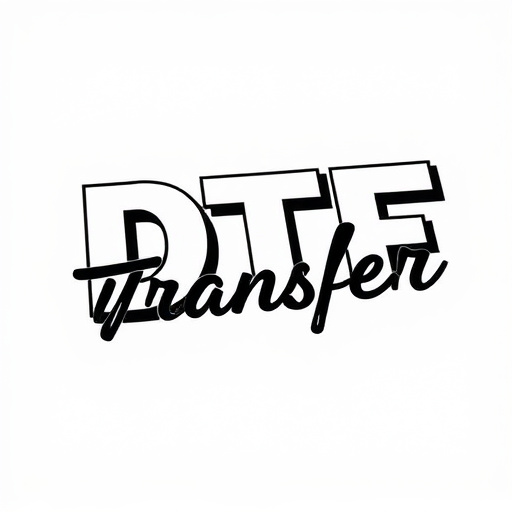
Direct-to-Film (DTF) transfer printing has revolutionized custom design with its versatility and eff…….
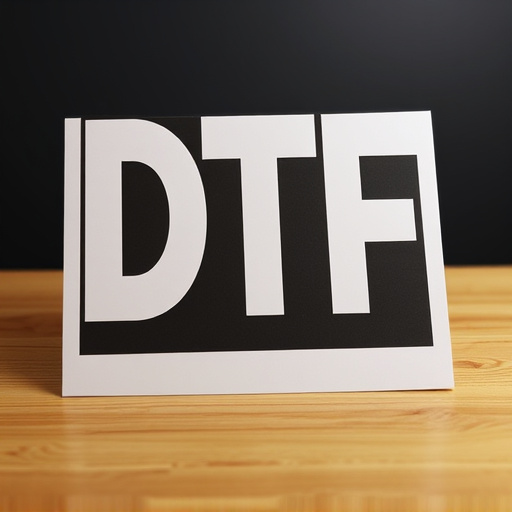
Direct-to-film (DTF) transfer printing is a modern, efficient alternative to traditional screen prin…….

Direct-to-Film (DTF) transfer printing and traditional screen printing are two distinct yet compleme…….
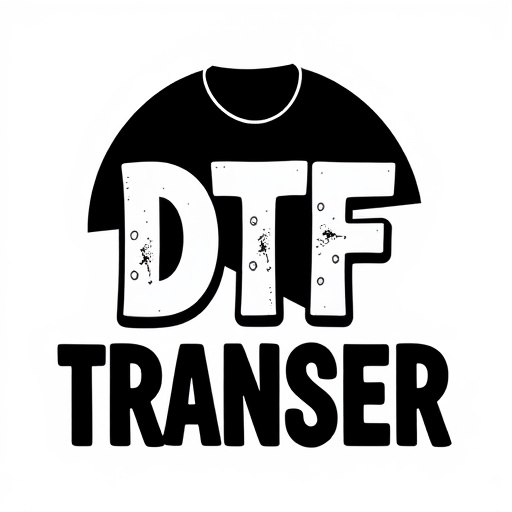
DTF (Direct-to-Film) printing is a modern screen printing method that uses digital technology to dir…….
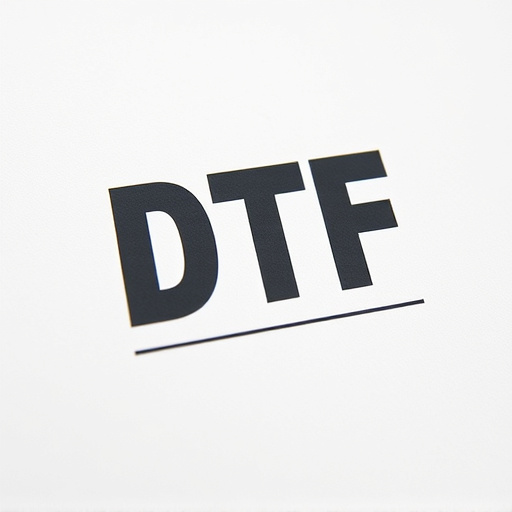
DTF (Direct-to-Film) Printing is a cutting-edge technology transforming the printing industry by off…….
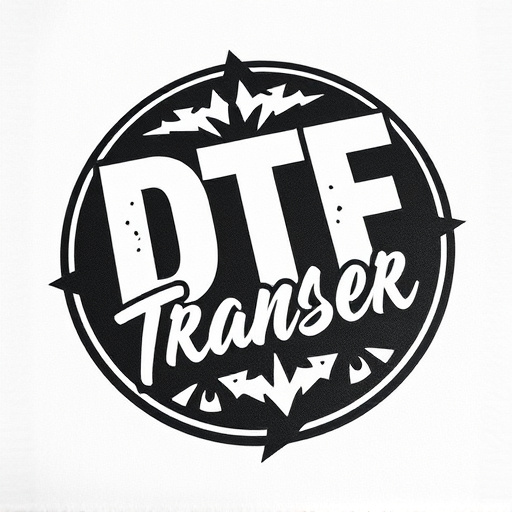
DTF (Direct-to-Film) transfer is a cutting-edge printing method that enhances production efficiency,…….
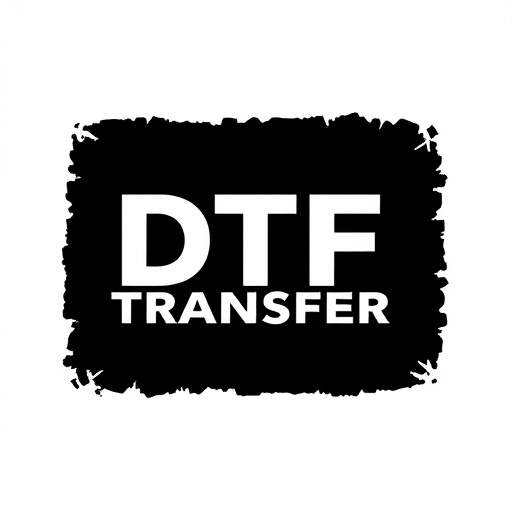
Direct-to-Film (DTF) printing is a modern, efficient, and versatile screen printing alternative that…….
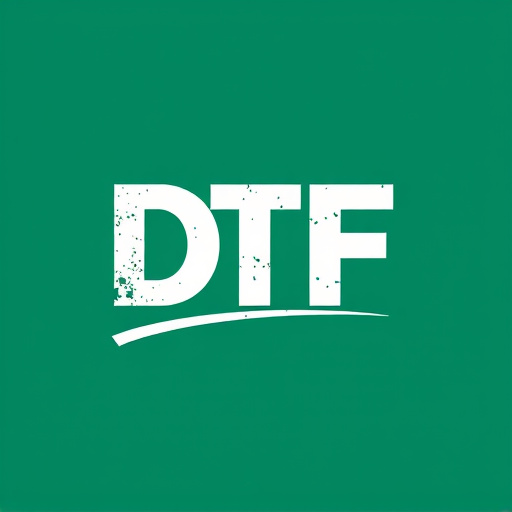
Direct-to-Film (DTF) printing is an innovative game-changer in print production, offering a modern a…….
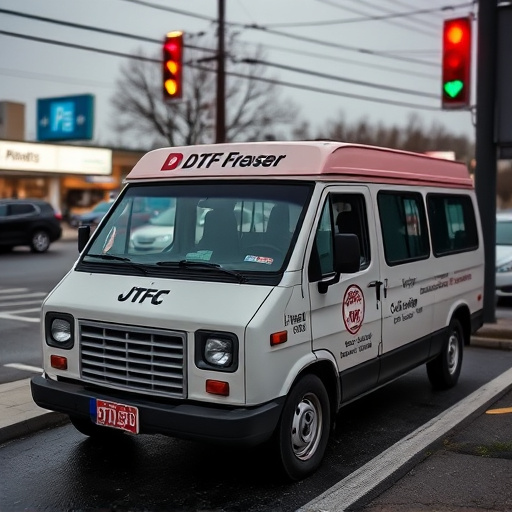
Direct-to-Film (DTF) transfer printing is transforming the apparel industry by offering a modern, ef…….